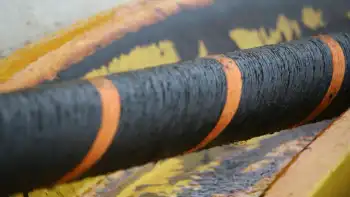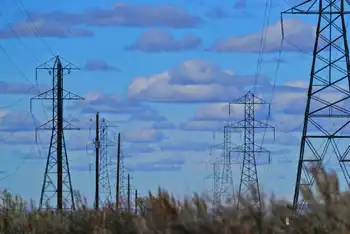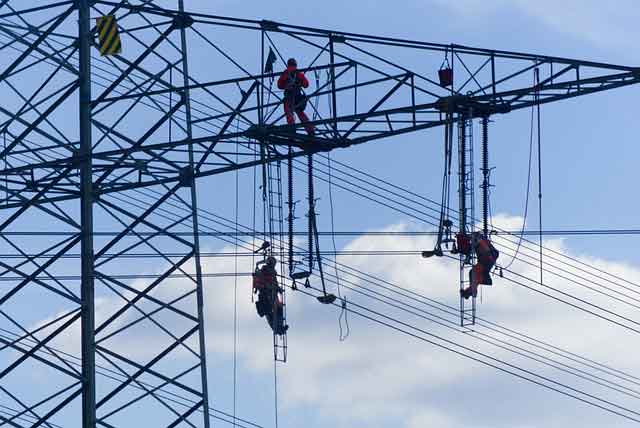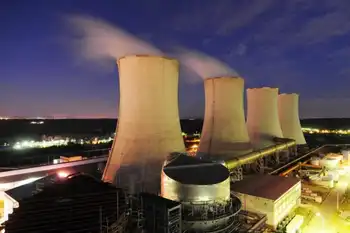Saskatchewan optimistic about clean coal
By Regina Leader-Post
High Voltage Maintenance Training Online
Our customized live online or in‑person group training can be delivered to your staff at your location.

- Live Online
- 12 hours Instructor-led
- Group Training Available
No, we're not talking about our abundant oil, but the province's 300-year supply of cheap lignite coal.
It's dirty stuff to be sure, but it could solve this province's long-term energy needs and help it develop a world-beating "green" technology.
Less than six months after the former NDP government mothballed plans to develop clean-coal technology because of the length of development and cost, Premier Brad Wall's Saskatchewan Party administration wants to re-ignite the idea.
The advantages are obvious: find a way to eliminate or reduce the greenhouse gas emissions from coal-burning power plants and you erase the big black mark this fossil fuel has against it from environmentalists.
Most of Saskatchewan's electricity - and 20 per cent of Canada's - is generated by burning coal and, to a lesser extent, natural gas. It's estimated that by 2020, coal will be used to produce 40 per cent of the world's electrical power.
SaskPower calls coal "abundant, secure and affordable" and has long wanted to develop the technology to cut its harmful emissions. Little wonder - SaskPower has been cited as one of Canada's biggest greenhouse gas emitters.
Of course, coal isn't the only energy resource beneath our feet. The province is the world's largest producer of uranium and some believe it's time the province put some of it to work in a nuclear reactor.
It's here that coal has some clear advantages. While a clean-coal plant could cost $3.5 billion, that's still way cheaper than a nuclear plant. For example, Alberta's proposed first nuclear power plant, which private interests want to build near Peace River, about 500 kilometres northwest of Edmonton, is currently pegged at $6 billion.
Then there's the question of nuclear waste that remains hazardous for decades, plus public resistance to the nuclear option on safety grounds.
Perhaps Saskatchewan's trump card is the possibility of a major contribution from Ottawa to develop a clean-coal plant in lieu of the broken equalization promise that cost the province $800 million a year. Is it just a coincidence Wall raised the clean-coal issue a few days after his cabinet met the province's Conservative MPs and senators?
With Saskatchewan willing to partner with Alberta on the project and Harper's government eager to promote its "green" credentials ahead of an election, the timing appears to be right.
Best of all, a made-in-Saskatchewan solution could result in clean-coal technology that could be exported to a world still very much dependent on this ancient fossil fuel.











